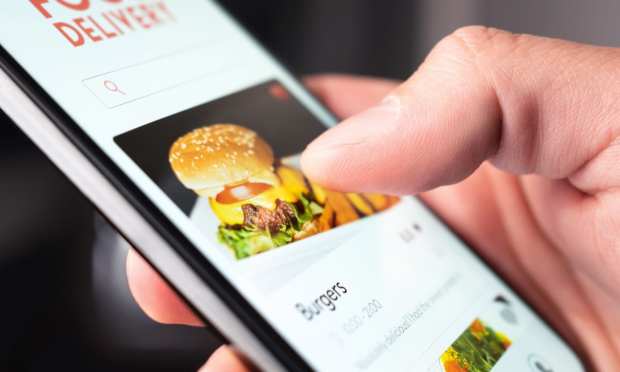Loyalists And The Order-to-Eat Phenomenon

Winter’s here and the time is right … for staying home and ordering veggie tacos.
“One trend that is unlikely to fade this winter is the surge in online and mobile ordering as customers seek to dine in the comfort of their homes. Investing in digital channels and delivery partnerships are a significant way for quick-service restaurants (QSRs) to retain customers and keep their doors open,” according to PYMNTS’ November/December 2020 Order to Eat Tracker® done in collaboration with Paytronix.
As we monitor the vicissitudes of dining in a weird world, order-ahead continues to fascinate.
PYMNTS’ researchers find that the shift to digital ordering is strongest in densely populated areas, as nearly 26 percent of consumers living in cities have shifted to online ordering from table service restaurants, and 16.3 percent to online ordering from QSRs.
That gives a taste of news from around the edible globe as we bite into another Order to Eat Tracker®, layered with analysis and insights on a sustainable winter of food deliveries.
Three Steps to Greater Loyalty
No matter what it is, there’s the hard way and the other way. For Lee Barnes, head of data insights at FinTech Paytronix, there’s a three-step process to loyalty in the new dining.
“First, identify key market segments and understand their motivations. In some cases, it could be as simple as providing a reward to customers who have made purchases during COVID-19 as a way to thank them. Second, focus on the brand benefits that make sense,” Barnes told PYMNTS. “Communicate things such as store-hour changes or safety protocols. It will go a long way toward helping guests be more comfortable. In addition, examine product offerings and choose those that make sense to promote through your channels.”
The third, and debatably the most important, Barnes said, is to “understand how to reach guests. Some respond to email, while others prefer to be contacted via app or text message. Also, consider their location. If they are telecommuting, it doesn’t make sense to talk about stopping in on their commute. Ultimately, it’s about using segmentation to identify the right guests, reaching them with the right messages and doing so through their preferred channels.”
Rewarded Customers Buy More, More Often
Loyalty is getting its hardest workout in years as banks, merchants and other businesses scramble to either improve existing rewards offerings or obtain them fast if they don’t already have them.
“U.S. consumers place a great degree of importance on loyalty programs. A recent PYMNTS survey shows that the main reason consumers are not using loyalty programs is because they do not exist,” the report stated. “The research revealed that 38.7 percent of respondents who are not currently using such offerings cite programs not being offered as the reason. Many consumers also report being drawn to the digital ordering space by promos or other incentives.”
According to one study cited, “80 percent of consumers would be more likely to order online or via mobile apps if eateries rewarded them for doing so. Another 37 percent of consumers surveyed also agreed that they would be interested in ordering from QSRs that offered rewards for ordering remotely or in other ways that aid public safety.”
Considering that one-third of eatery operators said they would have gone under were it not for loyalty programs and integrated partnerships with delivery aggregators, the argument makes itself.
Still, the latest OTE Tracker states that “approximately 28 percent of surveyed restaurants said they expect to close their dining rooms to offer delivery and pick-up exclusively, while 77 percent of operators said they were already offering delivery via apps,” bringing fee tensions with aggregators to a boil.
